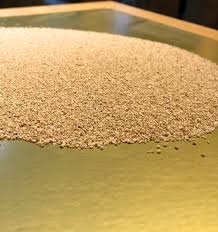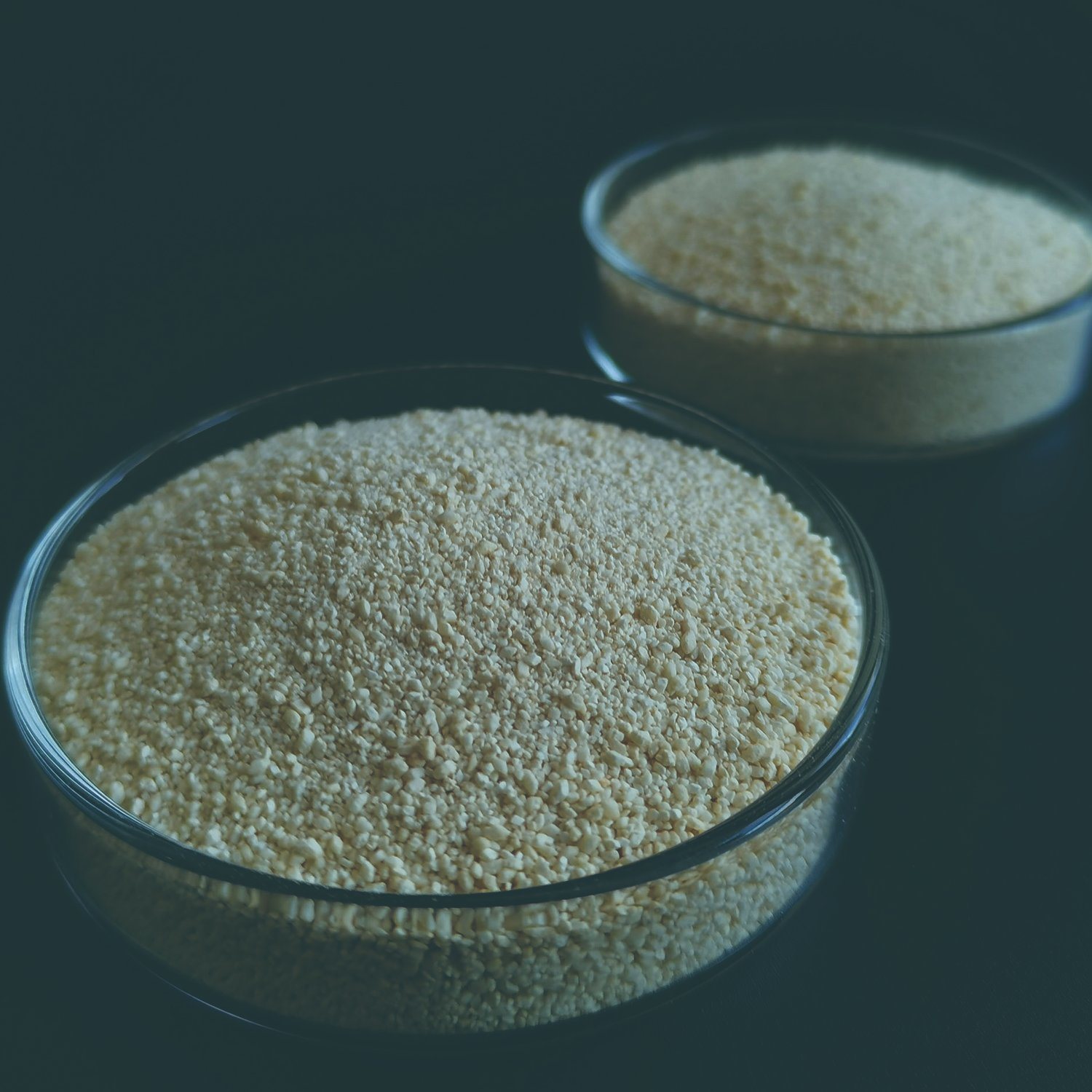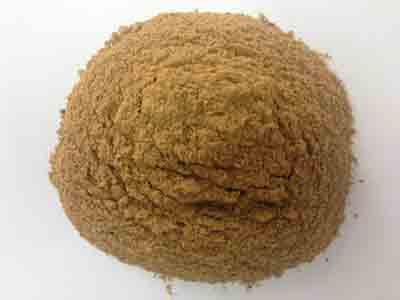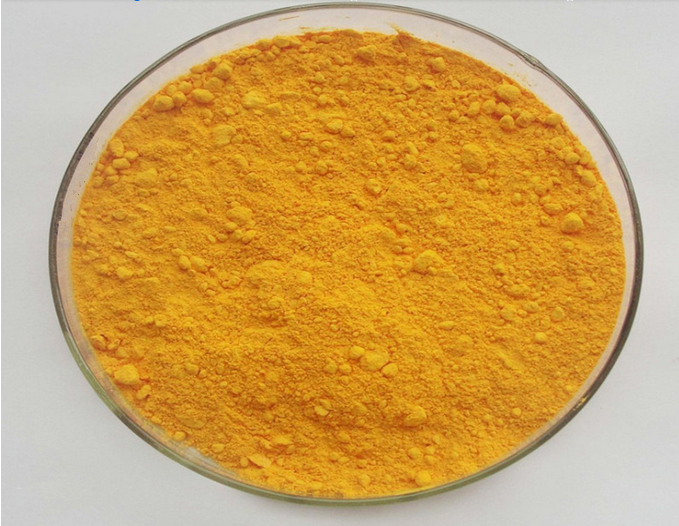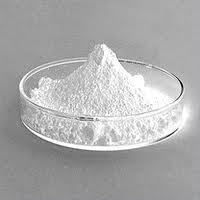L-lysine HCL 98.5% feed grade ,Amino Acid Feed Additives

Betaine HCL 98% powder,animal health Feed Additive
December 28, 2016
feed grade choline chloride-poultry feed addictive
January 1, 2017Lysine is the necessary amino acid for the animal but which can not be synthesized by themselves. Therefore, Lysine is called “the most restrained amino acid”. L-lysine Monohydrochloride is a kind of feed additives which is made from corn starch and other raw materials. L-Lysine Monohydrochloride can intensify and increase the nutrition in the feed, as well as promote digestion and assimilation. At the same time, L-Lysine Monohydrochloride has the features of promoting animals growth rate, and strengthening abilities of anti-illness. L-Lysine Monohydrochloride is the ideal product among the current feed additives, and has been wildly used in different kinds of mixed feed.
The L-Lysine HCl is highly purified to 98% after fermentation. L-Lysine Sulphate, which is more cost-effective, is semi-purified and contains other fermentation by-products such as other essential amino acids and carbohydrate.
L-Lysine HCl 98% could contribute 78.4% free lysine and L-Lysine Sulphate 65%, equal to 65% lysine HCl, could provide 51% free lysine in the feed. While L-Lysine Sulphate 70%, with 55% free lysine
Specification of L-Lysine:
| Product Name | L-Lysine | |
| L-Lysine HCL 98.5% | L-lysine Sulphate 70% | |
| Assay | as C6H14N2O2,HCl dry basis | as C6H14N2O2 on dry basis |
| ≥ 98.5% | ≥55% | |
| Loss on Drying | ≤1.0% | ≤4.0% |
| Residue on Ignition | ≤0.3% | ≤4.0% |
| Ammonium salt | ≤0.04% | ≤1.0% |
| Heavy metal ( Pb) | ≤0.003% | ≤0.002% |
| Arsenic | ≤0.0002% | ≤0.0003% |
| PH(10G/DL) | 5.0-6.0 | 3.0-5.0 |
| Appearance | White or light brown powder,odorless or slight special odor | |
Functions of L-lysine HCL 98.5% feed grade
1). Increase content of protein;
2). Enhance milk yield of dairy;
3). Improve dry matter consumption;
4). Improve conversion ratio of feed nitrogen;
5). Reduced the concentration of urea nitrogen in serum, milk, and urine;
6). Improve daily gain and carcass quality of beef;
7). Improve milk quality by increasing protein and fat content;
8). Increase fertility rate and enhance reproductive efficiency.


